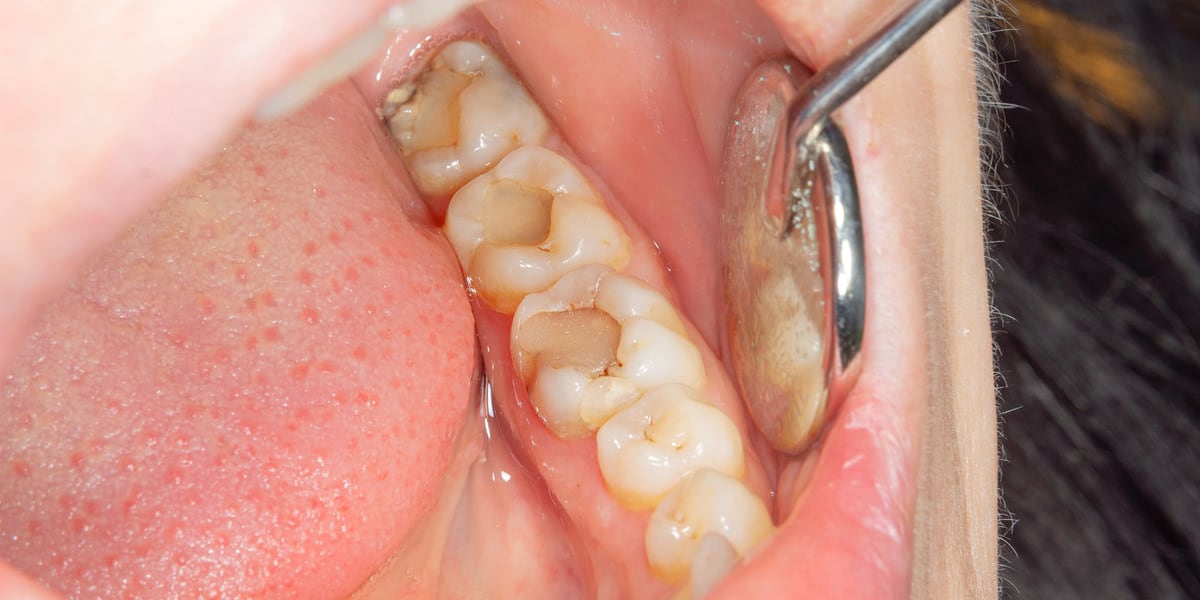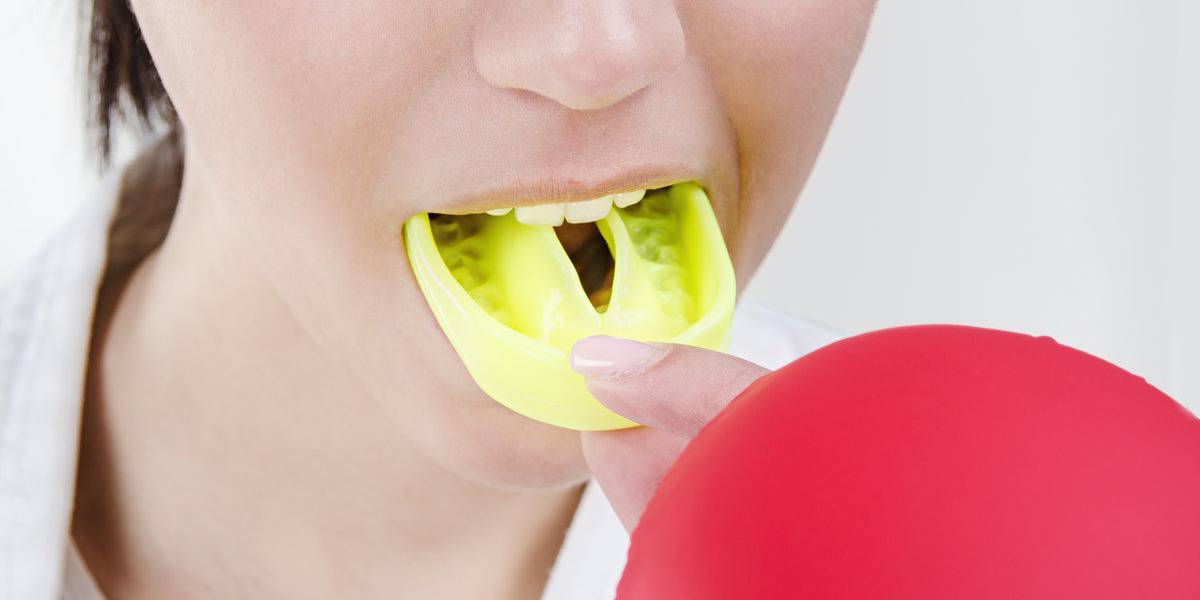
Sometimes you may think that your teeth are in good shape, but then a cavity or some other problem occurs. If you have a cavity or any other oral health issue, getting dental fillings is essential for maintaining your mouth.
Dentists in Markham use different treatment methods depending on what’s needed; however, it’s vital that your fillings are taken care of properly, too!
What are tooth fillings?
Dentists use dental fillings to treat cavities. They will first remove the decayed portion of the tooth before filling in those areas where there was decay. Aside from treating cavities, tooth fillings are also helpful in restoring cracked or broken teeth.
Types of fillings
There are many different types of dental fillings in Markham today. Each has its unique benefits that can be used to construct a tooth filling with outstanding aesthetics while also providing strength against future damage.
It is essential to be aware of the different kinds of tooth fillings to know which is best suitable for your teeth.
Which kind of filling is best for you?
There are several different types of filling that dentists can use. These fillings can range from temporary fillings to long-term fillings.
Amalgam fillings
Amalgam fillings are a type of filling made from a combination of metals. The most common are silver, mercury and gold. These dental fillings are darker than regular ones, long-lasting, and can withstand chewing and drinking. The Markham dentist most commonly uses the fillings on cavities in molars.
Composite fillings
Composite fillings are a type of filling made of a mixture of resins and fillers. The filler is mixed with the resin and is shaped using the dentist’s equipment. The resin hardens once the filler is mixed in and is used to fill a cavity. Composite fillings are usually only used on small cavities.
Porcelain fillings
Porcelain fillings are a type of filling made of ceramic material. This type of dental fillings are light-coloured and look like natural tooth tissue. In Markham, the fillings are usually more expensive than other types of fillings. They are more resistant than amalgam fillings and look more like tooth enamel when hardened.
Choosing the right filling
There are many different things that you should consider when choosing the right filling for your teeth.
The kind of tooth you have
The filling you need will depend on what kind of tooth you have. If you have a tooth that is chipped or has cracks, your dentist will most likely recommend an amalgam filling. If you have a tooth that has decayed, your dentist may recommend a ceramic or porcelain filling.
The kind of treatment that is needed.
Sometimes dental fillings need to be removed. When fillings need to be replaced, usually the Markham dentist removes the old filling to replace the new material. In some cases, the filling may fall out of the tooth to be replaced. In other cases, the dentist may need to remove part of the tooth to access the filling to remove the filling.
Your preference.
Your preference is something that you need to consider carefully. Some people do not like the look of amalgam fillings because of their metallic colour. On the other hand, some people find them very durable and long-lasting.
The dentist’s recommendation.
Your dentist should be able to advise you on what the best kind of filling is for your teeth and gums. They will consider the looks and the quality of your filling material as well.
Dental fillings aftercare
Dental fillings may last longer than their expected life span when you do these aftercare tips from your Markham dentist.
1. Maintain good oral hygiene.
With all this talk about oral health, you might be wondering if it’s necessary to brush and floss every day. The answer: yes! Brushing twice a day will help keep bacteria at bay while also helping with tooth decay prevention. In the long run, this ensures that any future visits don’t include expensive tooth extractions or other repairs or restorations.
2. For two weeks, stay away from chewy and hard foods.
You should not eat gummies, candies, and ice with your new fillings yet as they can’t handle it. Try eating soft foods for two weeks to help keep your dental appliance firmly in place! Try sticking with bland meals like eggs, if possible, so that way there is less risk of corrosion on these parts, at least until after healing time has passed.
3. It is essential to check your bite.
Check for any discomfort. Bite down your teeth or make a chewing motion and notice any sensitivity or awkwardness, especially where the filling is placed. Not all composite dental fillings harden instantly, and you should consult with the Markham dentist if there is an irregularity after the treatment.
4. If you are feeling pain, painkillers may help.
Your dentist will give you a local anesthetic to put on your teeth before surgery. This blocks sensation, so you feel comfortable throughout the procedure. It’s also normal if you feel pain or sensitivity afterwards, but if pain persists for more than a week post-surgery, contact your dentist. This might mean something went wrong, like inflammation or irritation with your filling.
5. Routine dental checkups are essential.
The dentist recommends regular cleanings to prevent cavities and decay. They can check the condition of your teeth and treat early signs of any oral disease before it becomes serious! Don’t delay getting professional cleaning from someone who knows what they’re doing- you’ll thank yourself later on down the road.
6. Consider filling maintenance
Some dental fillings in Markham are not treated with sealants. The sealant acts as a guard against food particles and helps maintain filling. Dental sealants or thin plastic coating dentists apply to preserve it.
Your Markham dentist is just one appointment away. Schedule an appointment today to enjoy life without dental problems!


